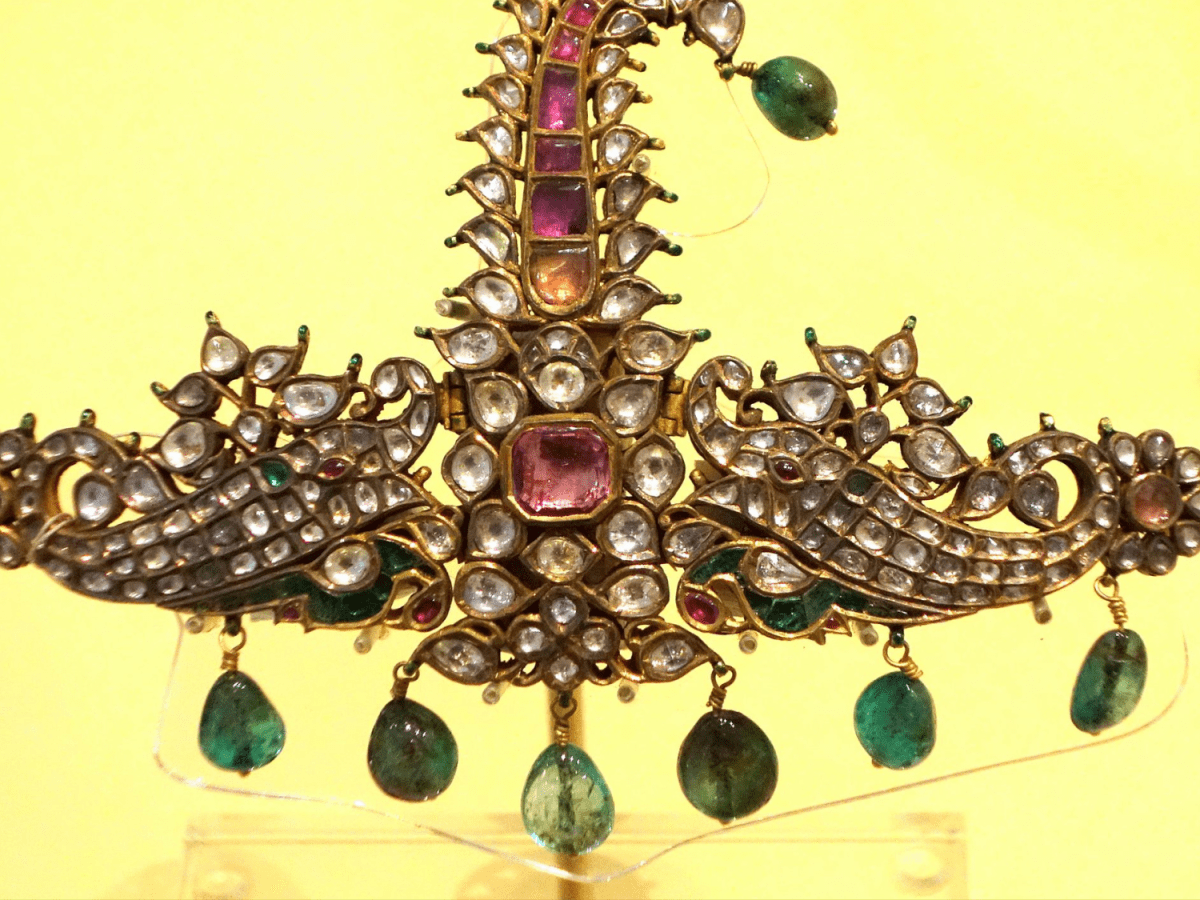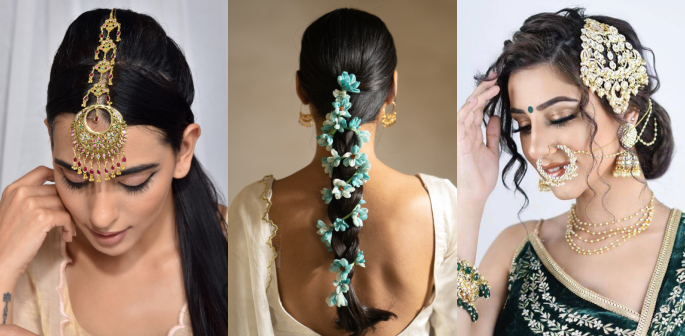
Beyond Adornments: The Cultural Significance of Accessories
Accessories have always played a pivotal role in human history, transcending their practical uses to embody cultural, social, and individual significance. Beyond mere adornments, accessories have served as symbols of status, identity, and cultural heritage. Across different civilizations and eras, these seemingly small embellishments have carried profound meanings, reflecting the values and beliefs of societies. Understanding the cultural significance of accessories unveils a rich tapestry of human history and diversity.
In ancient civilizations, accessories held immense cultural value. For example, in ancient Egypt, jewelry and accessories were not only symbols of wealth and power but also had religious connotations. Amulets, intricately designed and adorned with precious stones, were believed to protect wearers from evil spirits and bring them good fortune. Similarly, in ancient China, hair accessories, such as hairpins and combs, were used to signify social status and marital status. The type and design of accessories worn were indicative of an individual’s rank and societal position.
As societies evolved, accessories continued to serve as cultural markers. In Native American cultures, intricately crafted beadwork and jewelry were essential components of their traditions. Each bead, stitch, and pattern held specific meanings, telling stories of heritage, spirituality, and nature. The Maasai people of East Africa are renowned for their beadwork, with each color and arrangement denoting aspects of their cultural identity and social roles.
Furthermore, accessories have often been used to express political or social movements. In the 1960s, the peace symbol pendant became an iconic accessory worn by activists advocating for peace and social justice. The accessory not only became a symbol of a movement but also represented the wearer’s commitment to a cause. Similarly, in recent times, accessories like wristbands and ribbons have been used to raise awareness about various social issues, from cancer research to LGBTQ+ rights, emphasizing the role of accessories as tools for advocacy and unity.
In the contemporary era, globalization has led to the fusion of diverse cultural elements in accessories, creating a unique blend of traditions and styles. Fashion designers now draw inspiration from different cultures, integrating traditional accessories into modern designs. This fusion not only preserves cultural heritage but also fosters a sense of global interconnectedness.
In conclusion, accessories have a deep-rooted cultural significance that goes beyond mere adornments. They serve as symbols of identity, heritage, and beliefs, reflecting the diverse tapestry of human civilizations. By understanding the cultural significance of accessories, we gain insight into the complexities of different societies, fostering appreciation for the rich diversity of human culture.